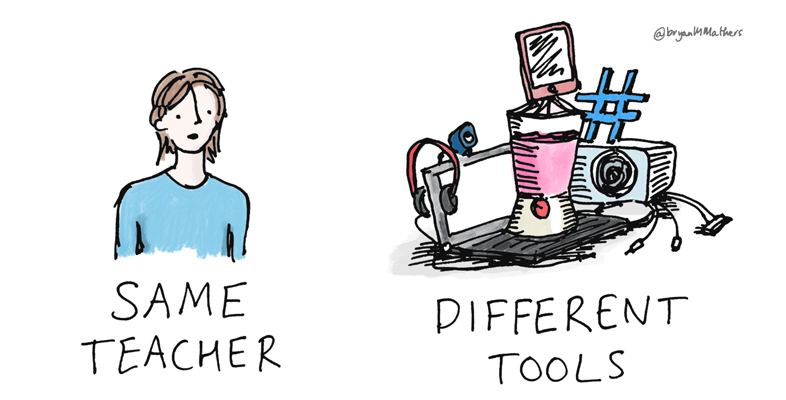Online learning is now found in every area of education, from schools to skills training. More people than ever learn through online courses. Even where teaching is primarily ‘face to face’, online tools and interactions have become a key part of the learning experience.
But teaching online is different. If you work in education or training at any level, you need to develop new skills and understanding in order to make the right decisions, make the most of the opportunities, and overcome common challenges.
The Open University trialled our first fully online course in 1989. We are now world leaders in the research and delivery of online education. In this free course, we share the fundamental knowledge needed to deliver effective teaching online.
This course is suitable for anyone moving teaching online, including educators, collaborators/support staff and leaders. In the course, you will be introduced to online education, hear about the experiences of other educators, and learn about principles of effective, inclusive and accessible online education.
Enrolling on the course will give you the opportunity to earn an Open University digital badge. Badges are not accredited by The Open University but they're a great way to demonstrate your interest in the subject and commitment to your career, and to provide evidence of continuing professional development.
Once you are signed in, you can manage your digital badges online from My OpenLearn. In addition, you can download and print your OpenLearn statement of participation - which also displays your Open University badge.
The Open University would really appreciate a few minutes of your time to tell us about yourself and your expectations for the course before you begin, in our optional start-of-course survey. Once you complete the course we would also value your feedback and suggestions for future improvement, in our optional end-of-course survey. Participation will be completely confidential and we will not pass on your details to others.

This course is accredited by the CPD Standards Office. It can be used to provide evidence of continuing professional development and on successful completion of the course you will be awarded 24 CPD points. Evidence of your CPD achievement is provided on the free Statement of Participation awarded on completion.
Anyone wishing to provide evidence of their enrolment on this course is able to do so by sharing their Activity Record on their OpenLearn Profile, which is available before completion of the course and earning of the Statement of Participation.
Earn this free Open University digital badge if you complete this course! The badge can be displayed, shared and downloaded as a marker of your achievement. The badge is awarded for completing the course and passing the quizzes.
Course learning outcomes
After studying this course, you should be able to:
- create, or support the creation of, digital material for different contexts and in a range of formats;
- implement, or enable the implementation of, digital approaches to teaching and assessment;
- use accessible and inclusive forms of communication, considering the needs of different users;
- use collaborative digital environments and tools;
- understand the educational value of different digital tools for teaching and learning;
- share expertise through online communities of professional learning or practice;
- use digital information to support decision making;
- know where to find digital information sources and services relevant to your professional role.
First Published: 21/10/2022
Updated: 21/10/2022
